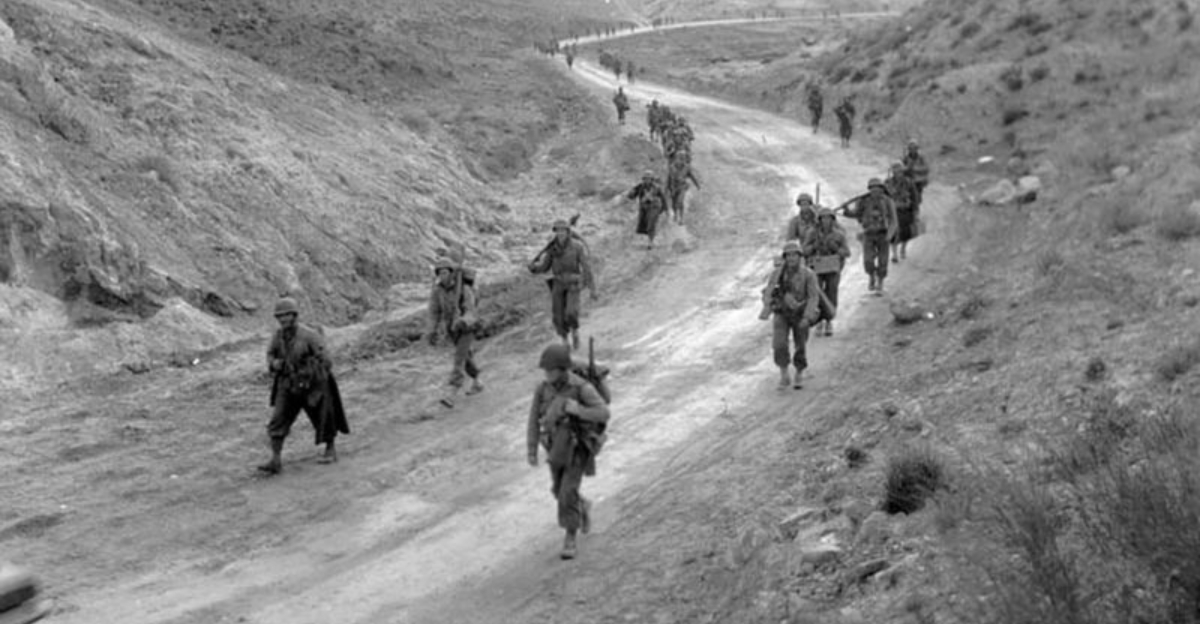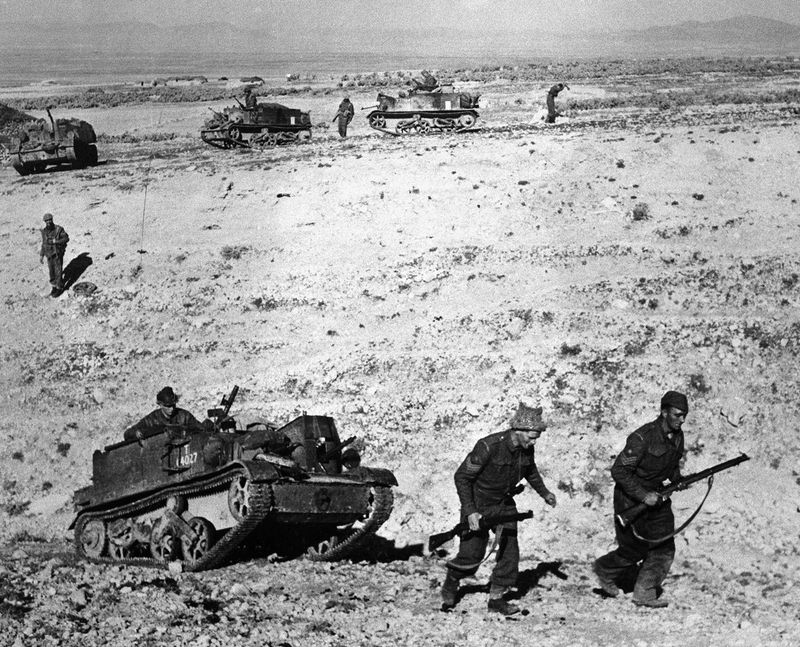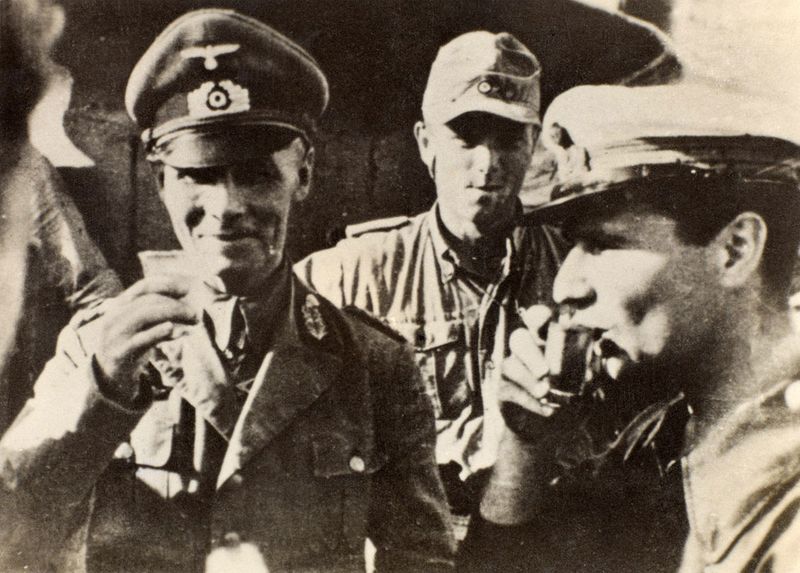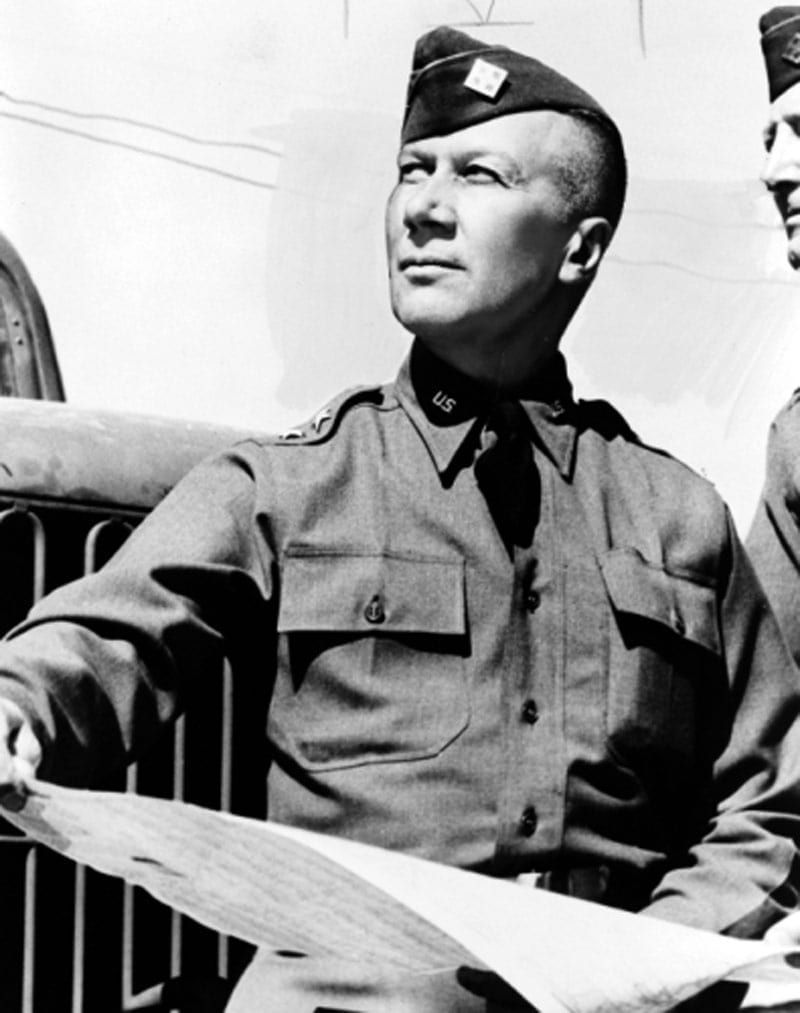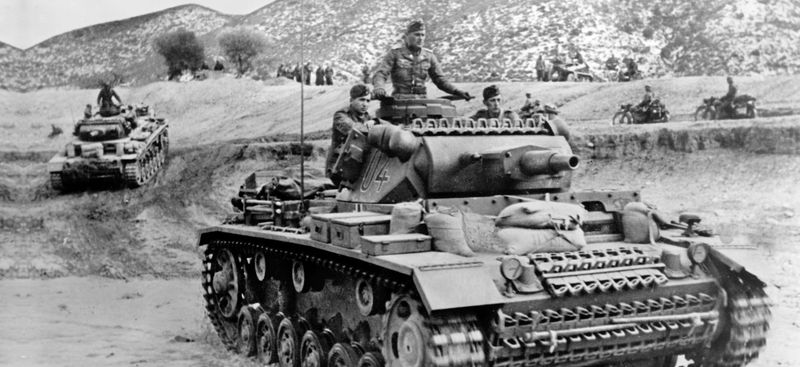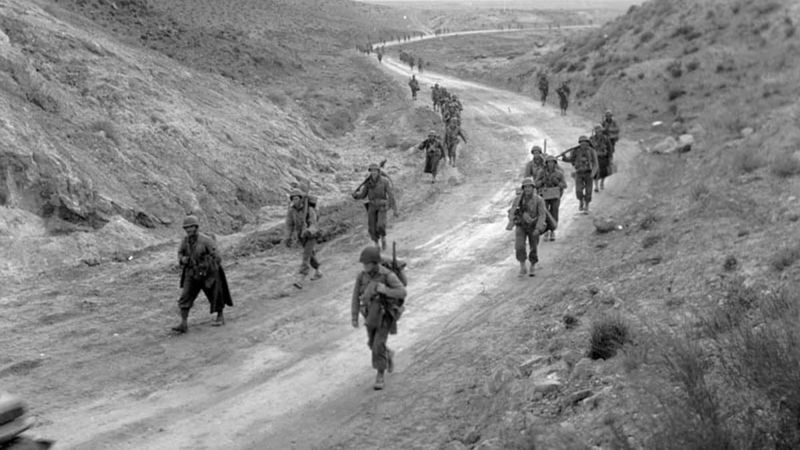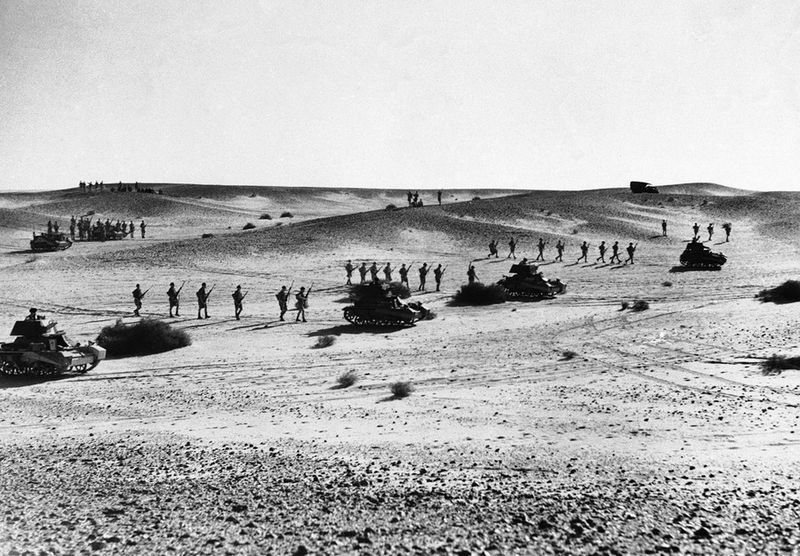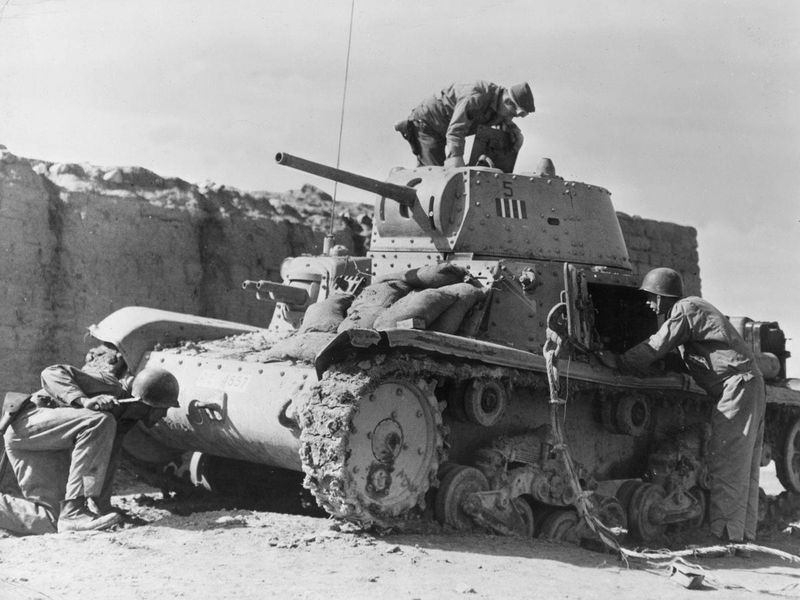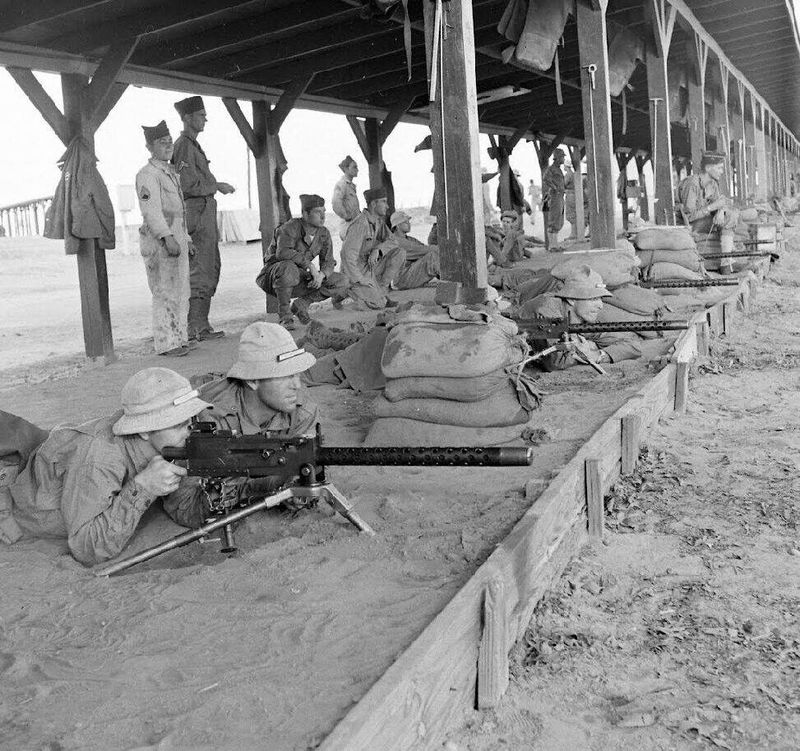The Battle of Kasserine Pass marked a pivotal moment in World War II, as American forces faced a brutal awakening against the German military’s might. This battle was not just a clash of armies, but a transformative experience that reshaped the U.S. military’s approach to warfare. Here are 10 harsh lessons learned in the heat of this fierce engagement.
1. America Was Not Ready for Modern War
Young and wide-eyed, American soldiers at Kasserine Pass faced a harsh reality. The U.S. military’s inexperience in modern warfare was glaring. Many troops, unprepared for the tactical sophistication of the German Wehrmacht, found themselves outmaneuvered in the harsh desert landscape.
Mechanized warfare demands more than just bravery; it requires strategic acumen and adaptability. The lack of cohesive training left U.S. forces vulnerable to the swift, coordinated attacks of seasoned enemies. This was a sobering wake-up call, underscoring the critical need for comprehensive preparation in the face of modern military challenges.
2. German Tactics Were Ruthlessly Effective
With a reputation for cunning and precision, General Erwin Rommel led German forces in employing ruthlessly effective tactics. Their use of feints and flanking maneuvers left American positions utterly exposed.
The sheer audacity of German tank assaults was a revelation. Rommel’s ability to adapt and strike with concentrated armor attacks highlighted a sophisticated strategy that caught U.S. troops off guard. This battlefield orchestration demonstrated the necessity for the Allies to rethink their strategic approach against such a formidable adversary.
3. U.S. Command Was Disorganized and Ineffective
In the midst of battle, leadership can determine victory or defeat. At Kasserine Pass, disorganization among U.S. commanders led to critical failures. Communication lines crumbled, and unity of command faltered.
Some officers, paralyzed under pressure, made decisions that further complicated the chaos. This disarray underscored the urgent need for robust leadership training and clear command structures. The battle illustrated how vital it was for the U.S. military to refine its command capabilities to withstand the pressures of modern warfare.
4. The Germans Had Superior Equipment
The roar of Panzer tanks was an ominous sound to American soldiers at Kasserine Pass. These formidable machines, coupled with advanced artillery and seasoned infantry, showcased the technological edge of the German forces.
American troops, using outdated or lighter equipment, found themselves outgunned and outpaced. This technological disparity was a stark reminder of the importance of keeping pace with advancements in military hardware. It pressed the U.S. to innovate and enhance its arsenal to meet the demands of modern combat.
5. Morale Could Collapse Overnight
Morale, as fragile as glass, shattered at Kasserine Pass. After enduring ambushes and heavy losses, the spirit of American troops plummeted. The battle revealed just how swiftly morale could falter under relentless pressure.
A soldier’s resolve is as crucial as his weaponry. The psychological toll of warfare became evident, emphasizing the need for strong support systems to maintain morale. This dark period taught military leaders that sustaining the fighting spirit was vital to enduring the rigorous demands of war.
6. Allied Unity Was More Fragile Than It Seemed
The seams of Allied unity strained at Kasserine Pass. British and American forces, meant to act as a cohesive unit, faced friction and misunderstandings.
British commanders, stepping in to aid retreating American units, exposed a lack of coordination. This tension highlighted the necessity for streamlined communication and cooperation among Allied nations. The battle underscored the fragility of alliances, urging a stronger emphasis on unity to face the Axis powers effectively.
7. War in North Africa Was No Cakewalk
The harsh North African desert was far from an easy battleground. The belief that this campaign would be a quick stepping stone to Europe was shattered at Kasserine Pass.
The Axis showcased fierce resistance, contesting every inch of ground with determination. This realization pushed Allied forces to re-evaluate their strategies, acknowledging the complexity and intensity of desert warfare. The battle served as a reminder that underestimating an opponent can lead to unforeseen challenges and setbacks.
8. Air Power Alone Wouldn’t Save the Day
While Allied air superiority was an advantage, it proved insufficient at Kasserine Pass. Close air support alone couldn’t rectify the disarray on the ground.
The battle highlighted the necessity for cohesive coordination across all military branches. Bombs from above needed to be complemented by effective ground tactics. This lesson drove home the importance of integrating air power with infantry and armor to form a unified, strategic force capable of overcoming the challenges of warfare.
9. American Troops Needed Better Training—Fast
Raw recruits found themselves outmatched at Kasserine Pass, underscoring the urgent need for improved training. The U.S. military recognized that experience and preparedness were crucial for survival.
In response, training programs underwent significant overhauls, incorporating realistic drills and tactical exercises. Experienced leaders like General Patton were brought in to instill discipline and strategy. This transformation marked a turning point, shaping a more capable and resilient American fighting force.
10. Failure Could Be the Best Teacher
Though defeat stung, it ignited a transformation within the U.S. military. Kasserine Pass, a painful lesson, became a catalyst for change.
Leaders took the defeat as an opportunity to reassess and refine strategies. Training, equipment, and leadership underwent comprehensive improvements, leading to future successes. This pivotal battle showcased the power of learning from failure, turning adversity into a foundation for growth and triumph in subsequent campaigns.
